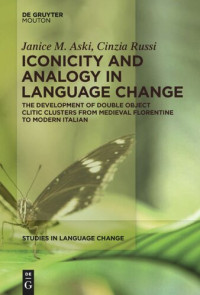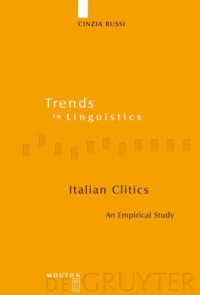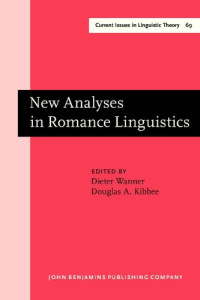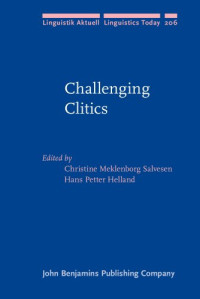
Iconicity and Analogy in Language Change: The Development of Double Object Clitic Clusters from Medieval Florentine to Modern Italian
Janice M. Aski, Cinzia RussiThis book examines the alternation between accusative-dative and dative-accusative order in Old Florentine clitic clusters and its decline in favor of the latter. Based on an exhaustive analysis of data collected from medieval Florentine and Tuscan texts we offer a novel analysis of the rise of the variable order, the transition from one order to the other, and the demise of the alternation that relies primarily on iconicity and analogy. The book employs exophoric pragmatic iconicity, a language-external iconic relationship based on similarity between linguistic structure and the speaker/writer's conceptualization of reality, and endophoric iconicity, a language-internal iconic relationship where the iconic ground is construed between linguistic signs and structures. Analogy is viewed as a productive process that generalizes patterns or extends grammatical rules to formally similar structures, and obtains the form of the analogical relationship between the masculine singular definite article and the third person singular accusative clitic, which shared the same phonotactically constrained distribution patterns. The data indicate that exophoric pragamatic iconicity exploits and maintains the alternation, whereas endophoric iconicity and analogy conspire to end it.
 Amazon
Amazon  Barnes & Noble
Barnes & Noble  Bookshop.org
Bookshop.org  轉換文件
轉換文件 更多的搜索結果
更多的搜索結果 其他特權
其他特權 









